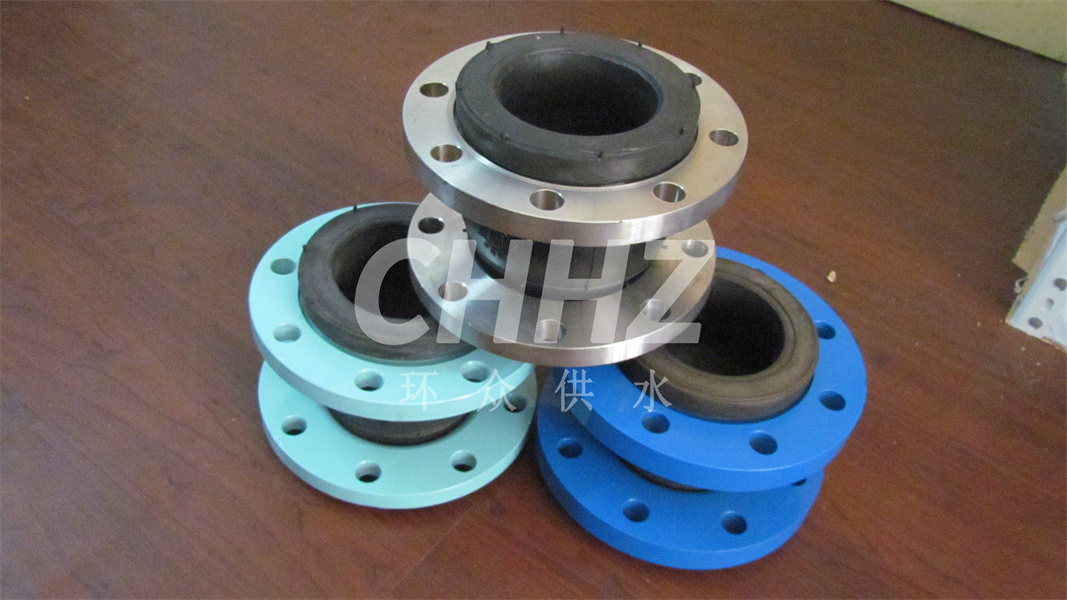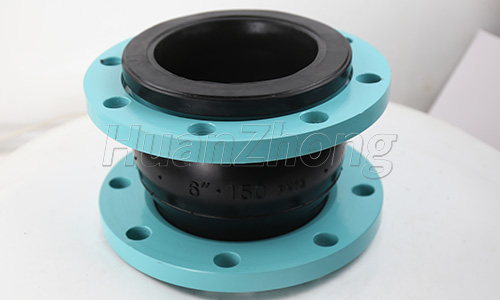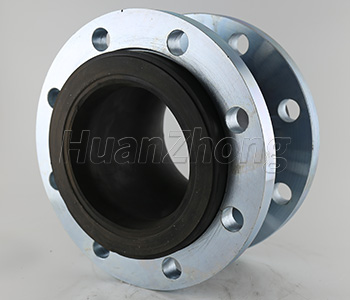Rubber anti-vibration expansion joints exist in the use of features that require attention.
Rubber anti-vibration expansion joints exist in the use of features that require attention. Rubber anti-vibration expansion joints play a crucial role in various industries where equipment and pipelines are prone to vibrations and movements. These joints are designed to absorb vibrations, reduce noise, and compensate for thermal expansion and contraction, thereby preventing damage to the system. However, their effectiveness depends on several key features that require attention during the design, installation, and maintenance processes.

One important feature to consider is the material composition of the rubber anti-vibration expansion joint. The rubber used should possess excellent elasticity, resilience, and durability to withstand heavy vibrations and prolonged exposure to harsh operating conditions. The most commonly used rubber materials include natural rubber, neoprene, EPDM, and Nitrile. Each material has its own unique properties and is suitable for specific applications. For example, natural rubber exhibits good resistance to many chemicals and is ideal for use in water and sewage systems, whereas neoprene is well-suited for applications that require oil resistance.
The design of the expansion joint is another critical feature to consider. It should be engineered to accommodate the anticipated movements, vibrations, and pressure fluctuations of the system. The design should take into account factors such as the system operating temperature, pressure, fluid type, and the magnitude of vibrations. Additionally, the expansion joint should be flexible enough to allow for axial, lateral, and angular movements. The correct sizing and selection of the expansion joint based on these factors are crucial to ensure its effectiveness.

Installation of rubber anti-vibration expansion joints also demands attention to ensure their optimal performance. The joints should be installed with appropriate anchoring and support mechanisms to prevent excessive stress and strain on the joints. Adequate clearance should be provided to accommodate the expansion and contraction movements. Proper alignment and positioning of the joints within the system are important to ensure uniform distribution of forces and prevent premature failure or damage to the joint.
Regular inspection and maintenance of rubber anti-vibration expansion joints are essential for their longevity and efficient functioning. Visual inspection should be carried out periodically to check for signs of wear, cracking, or degradation. Any signs of damage should be promptly addressed to prevent failure and potential system downtime. The joints should be kept clean from debris, chemicals, and excessive heat, which can deteriorate the rubber material over time. Lubrication of the joints, if applicable, should be performed as per the manufacturer's guidelines.

In conclusion, rubber anti-vibration expansion joints offer a reliable solution to mitigate vibrations and movements in industrial systems. However, their effectiveness depends on several features that require attention, including the material composition, design, installation, and maintenance. By giving due consideration to these factors, one can ensure the optimal performance and longevity of rubber anti-vibration expansion joints, thus minimizing system damage and improving overall operational efficiency.


